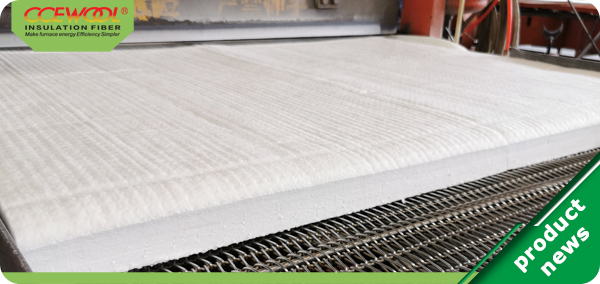Ceramic fiber insulation is a highly effective material used in various industries for its exceptional thermal insulation properties. It is made through a carefully controlled manufacturing process that involves several key steps. In article, we will explore how ceramic fiber insulation is made and gain a deeper understanding of its process.
The first step in manufacturing ceramic fiber insulation is the melting of raw materials. Common materials used in this process include aluminum oxide (alumina) and silica. These materials are heated a high-temperature furnace until they reach their melting point. The furnace provides the necessary conditions for materials to transform from solid to liquid form.
Once the raw materials have melted, they are transformed into fibers. This can be achieved through spinning or blowing techniques. In the spinning process, mol materials are extruded through small nozzles to form fine strands or fibers. On the other, the blowing process involves injecting pressurized air or steam into the melted materials, causing them to be blown into delicate fibers. Both techniques yield thin, lightweight fibers that possess excellent insulating.
Ceramic fiber can be manufactured in various forms, such as blankets, boards, papers, or modules. Shaping typically involves layering and compressing the fibers or using molds and presses to create specific shapesAfter shaping, the insulation products go through a curing process. This step involves subjecting the materials controlled drying or heat treatment. Curing helps remove any remaining moisture and enhances the insulation's strength and stability. The precise parameters of the curing process are carefully controlled to ensure optimal performance of final product.
To meet specific requirements, ceramic fiber insulation may undergo additional finishing processes. These can surface coatings or treatments to enhance its thermal or physical properties. Surface coatings can provide added protection against moisture or chemicals, while treatments can improve the insulation's resistance to high temperatures or mechanical stress.
Conclusion, ceramic fiber insulation is manufactured through a well-executed process involving melting the raw materials forming fibers, binding them together, shaping them into the desired form, curing them, and applying finishing treatments if necessary. This meticulous manufacturing process ensures that ceramic fiber insulation exhibits exceptional thermal insulation properties making it an ideal choice for various industries where effective heat management is crucial.
Post time: Dec-04-2023


